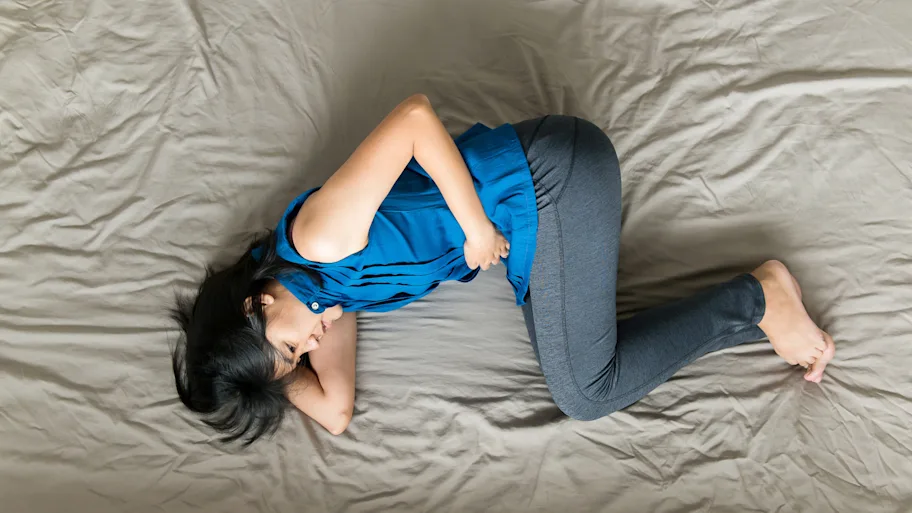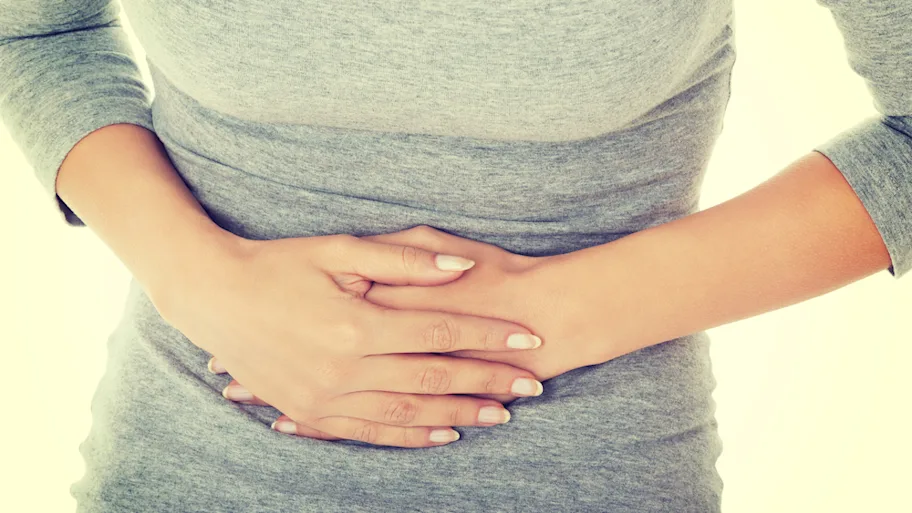
- Science News
- Featured news
- Sex disparities in sports medicine research may threaten the health and careers of female athletes
Sex disparities in sports medicine research may threaten the health and careers of female athletes
By Emily Parker, University of Iowa Carver College of Medicine

Image: leungchopan/Shutterstock.com
‘Hormones’ have long been blamed for anterior cruciate ligament (ACL) injuries in female athletes, but according to a new review paper, one menstrual hormone may be mediating the damage: relaxin. University of Iowa Carver College of Medicine student, Emily Parker, writes to Frontiers that upon noticing the lack of progress in the 20-odd years since early relaxin-musculoskeletal studies, the support of orthopedic department mentors and the assistance of a fellow student allowed a thorough dive into the disjointed, cross-disciplinary research trail.
Female athletes are between three and eight times more likely to suffer devastating ACL injuries compared to their male counterparts. That’s according to 16 years of data from the US National Collegiate Athletics Association (NCAA) Injury Surveillance System, published in a new paper to Frontiers in Endocrinology.
Alex Meyer, one of the authors of this latest research, noted: “It has almost been accepted that these [ACL injuries] are just more prevalent in women.”
The cost of female ACL injuries is huge and multi-faceted, seen in the billions of dollars of healthcare costs, team rosters picked apart by injury come tournament time, and future consequences such as post-traumatic osteoarthritis. Yet, none of this matters to the young woman lying on the ground in pain, in those few long seconds before the athletic training staff arrives, as she feels her season – and perhaps her career – slip away.
In this moment, when the non-quantifiable personal cost of ACL injury manifests, often the only thought an athlete has is “What just happened?”, followed almost inevitably by “Why did this happen?”.
It is the question of ‘why’ that will follow these young women through surgery, six or more months of rehabilitation, and attempts to return to play. The answer will be some version of the same three factors: muscle imbalance, anatomical alignment of the leg, and hormonal influences. The first two factors will be addressed with biomechanics training during rehabilitation. But the ‘hormonal differences’ factor will remain unaddressed.
‘The cost of female ACL injuries is huge and multi-faceted, billions of dollars in healthcare costs, team rosters picked apart by injury come tournament time, and future consequences such as post-traumatic osteoarthritis.’
Emily Parker, University of Iowa Carver College of Medicine
Crossing medical disciplines to find answers
Dr Robert Westermann, head of the Young Adult Hip Preservation Clinic at the University of Iowa, explained that neuromuscular control and joint laxity are known to impact female injury rates. However, he explained that neuromuscular control is modifiable, while hormonal contribution to joint laxity is not well understood. Similarly, University of Iowa gynecologist Dr Michael Haugsdal noted a lack of established information on the musculoskeletal impact of hormones, particularly beyond the context of pregnancy-induced changes.
As hip preservation grows within sports medicine, a familiar pattern has emerged. Westermann reported that women are more likely to present to his clinic with hip symptoms. Haugsdal added that he saw significant hip and pelvic girdle pain among his physically active pregnant patients. Thus, a hormonal role is implied in another female-predominant musculoskeletal issue.
For active women with injuries and those caring for them, the biggest source of frustration might be that the ambiguous ‘hormonal differences’ injury factor is not actually an unknown enigma. The likely culprit was identified almost 20 years ago as the menstrual cycle hormone relaxin; a casualty of the lack of academic interest and institutional funding for women’s health research.
Relaxin and mechanical joint stress: a perfect storm
During his education, Haugsdal said that relaxin was most often mentioned in the context of pregnancy, while Westermann confirmed that it was not a part of orthopedic education.
In reality, relaxin is a menstrual cycle hormone, peaking just prior to menses, with collagen degradation being a key function. It binds receptors upregulated by the preceding estrogen peak, and activates collagenases also increased in number by the peak of estrogen. Thus, during the menstrual cycle luteal phase, relaxin binds receptors in target tissue, triggering degradation of existing collagen while suppressing synthesis of new collagen.
This mechanism of action is problematic for women because they express receptors beyond the confines of the reproductive system. Prior ACL/relaxin studies confirmed that female ACLs strongly bind relaxin, while male ACLs do not. Later clinical studies showed a significant, positive correlation between high relaxin levels and high ACL injury rates. Importantly, recent studies even bring up potential interventions such as menstrual cycle tracking and hormonal contraceptives.
Relaxin pathophysiology is of particular concern for women’s hip health. Relaxin is produced in the pelvis, has known paracrine (local) activity, and has synovial receptors (synovial tissue ‘lines’ many joints, including the hip). Yet, as Meyer explained, the amount of literature on relaxin and hip injuries is even less than the literature pool for ACL injuries and relaxin.
Prior ACL-relaxin research alone warrants further studies, to replicate the findings and expand upon proposed preventive strategies. Confirmation of a hip-relaxin injury association would only make this work more urgent. Hip and knee injuries are devastating and prevalent among female athletes. If an underlying cause exists for both injuries, which could be mitigated by simple approaches such as menstrual cycle tracking or hormonal contraceptives, then active women deserve a thorough exploration of the matter.
REPUBLISHING GUIDELINES: Open access and sharing research is part of Frontiers’ mission. Unless otherwise noted, you can republish articles posted in the Frontiers news blog — as long as you include a link back to the original research. Selling the articles is not allowed.






